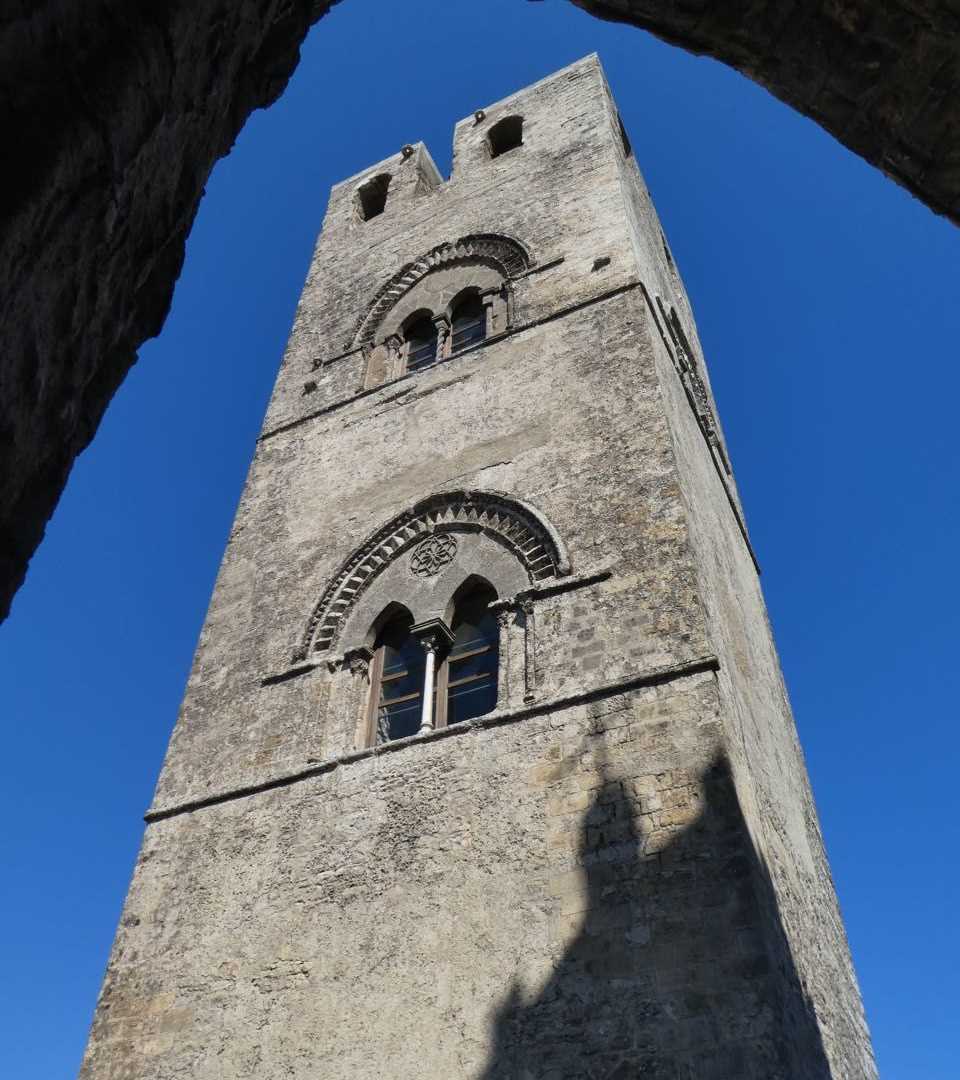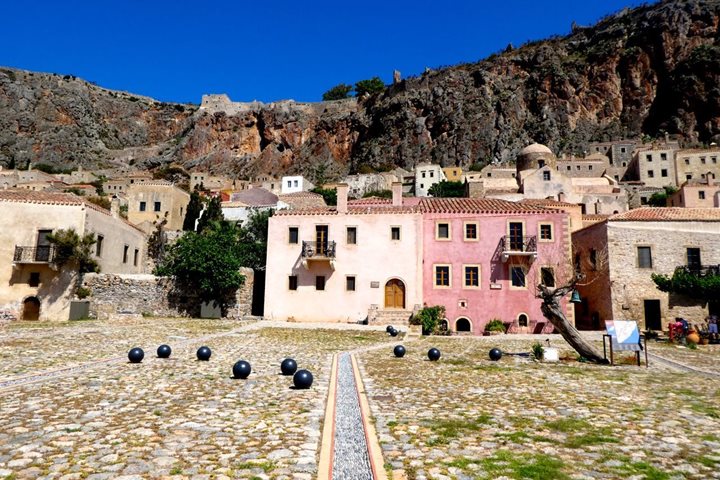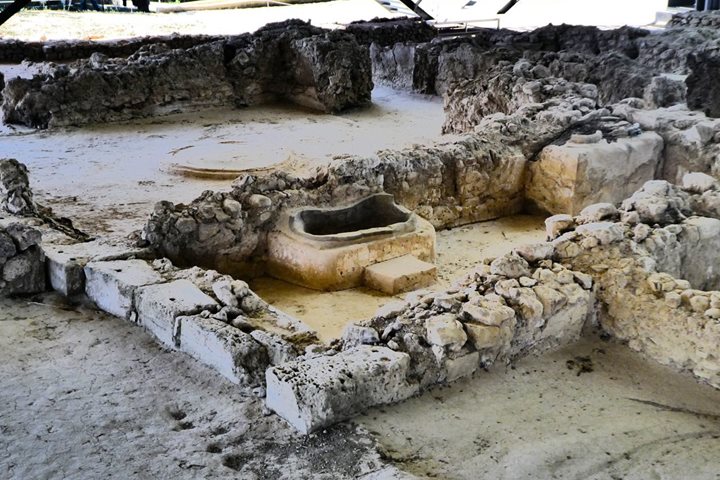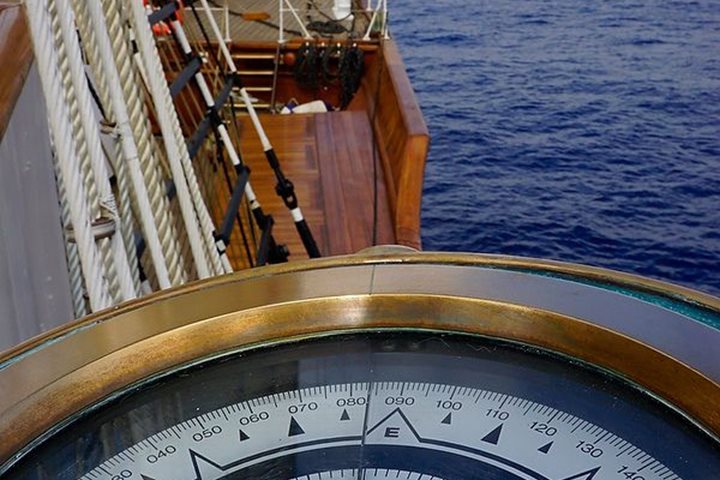Erice, the Erech of the Carthaginians, Eryx of the Greeks and Romans, Monte San Giuliano of the Normans, and known locally as “Munti,” sits atop a solitary mountain above the port of Trapani on the northwest tip of Sicily. The origins of the town are lost in the myths of time, but through the ages it has been associated with Astarte (Venus)—the Goddess of Love, to whom the Elymenians, Greeks, and Romans built temples atop the mountain to honor.
<>After a quiet night in the port of Trapani, we got jump on the day, and more importantly, the day-tours from Palermo, by leaving for our walking tour of Erice early. We entered the village through the medieval gate—the small cathedral, or Duomo, is an early 14th century basilica that was “refreshed” in the 19th century by an Italian architect in Neo-Gothic-style, with cream-colored stucco detailing that resembles a lace umbrella. At one point the town had a population of 12,000 serviced by 30 churches and five convents, of which only a handful remain in operation, as fewer than 400 people live in the village year round. We continued our visit by walking up the narrow cobbled streets, set in a pattern of squares and “chains” towards the massive Norman fortress at the top of the village. The 19th century terraces at the base of the towers afforded the most spectacular 360-degree view of the famous saltpans of Trapani and Egadi Islands on the southwest of Trapani and the vast plains and Tyrrhenian Sea to northeast.We returned for a true Sicilian deck buffet of fresh yellow-fin tuna, calamari, various salads, and the renowned Sea Cloud “Pasta in a Parmesan Wheel” followed by a much-needed siesta. In the late afternoon Tom O’Brien regaled us with a entertaining and colorful rendition of the history of the legendary Sea Cloud, followed by a tour of the ten original staterooms.







